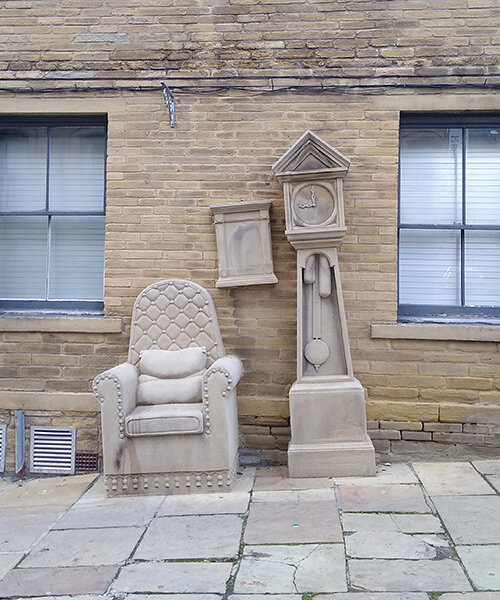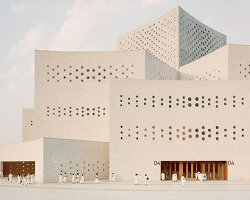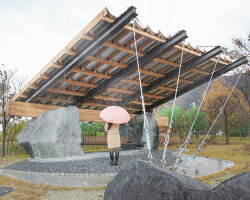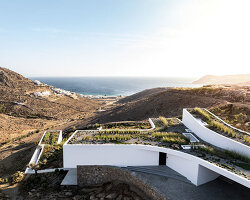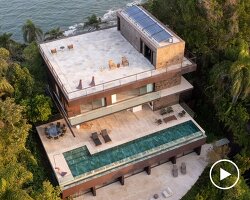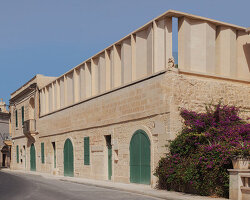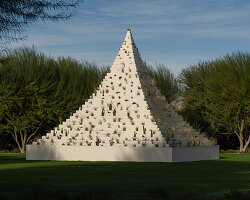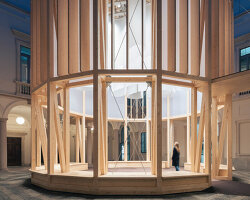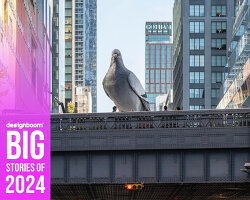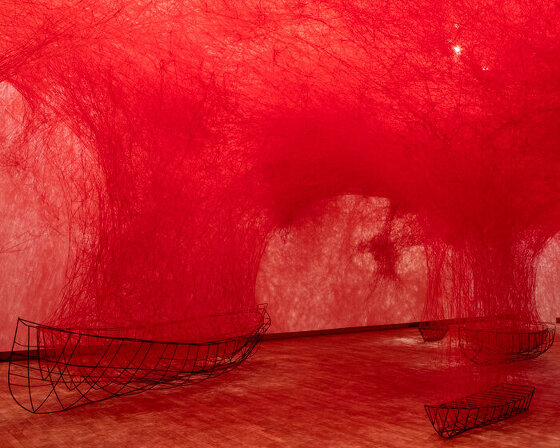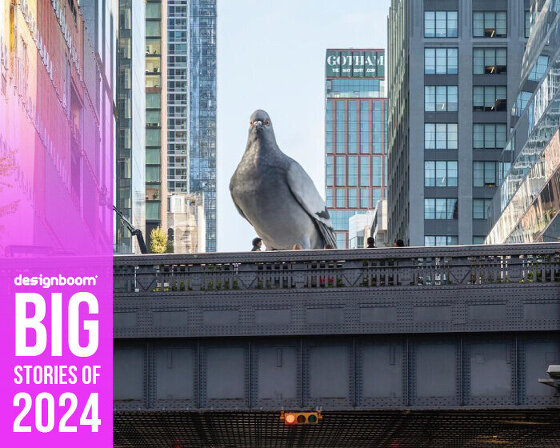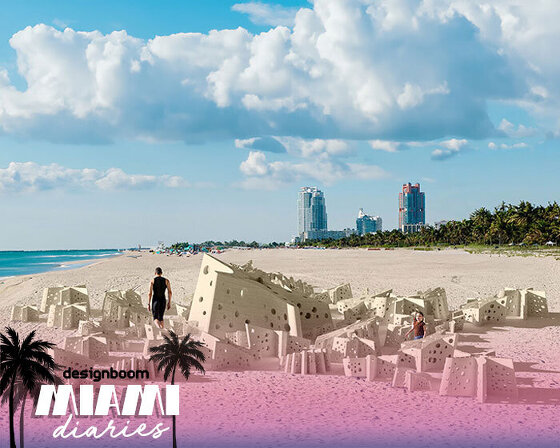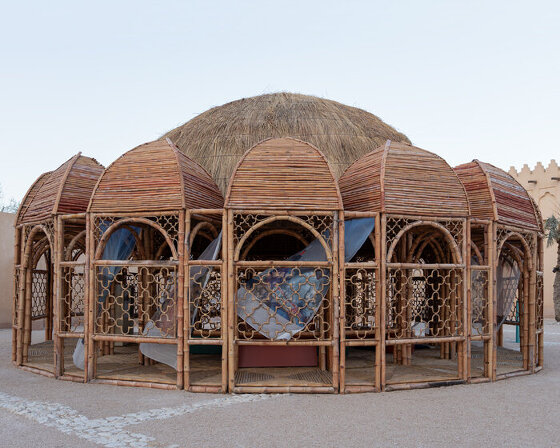HYPERREALISTIC SANDSTONE SCULPTURES BY TIMOTHY SHUTTER
installed in 1992 in bradford, england, the grandad’s clock and chair is a hyperrealistic stone sculpture by timothy shutter. the piece is an interpretation of a mill owner’s office with a comfortable chair, mirror and grandfather clock.
commissioned by the bradford council and little germany action group, the sculptures have been carved from sandstone.
‘two main qualities seem to sum up my sculpture: my commitment to using stone, and my desire to make works that include a sense of fun,’ writes sculptor timothy shutter on his artist statement. ‘this has often been achieved by playing with the expectations of the material.’
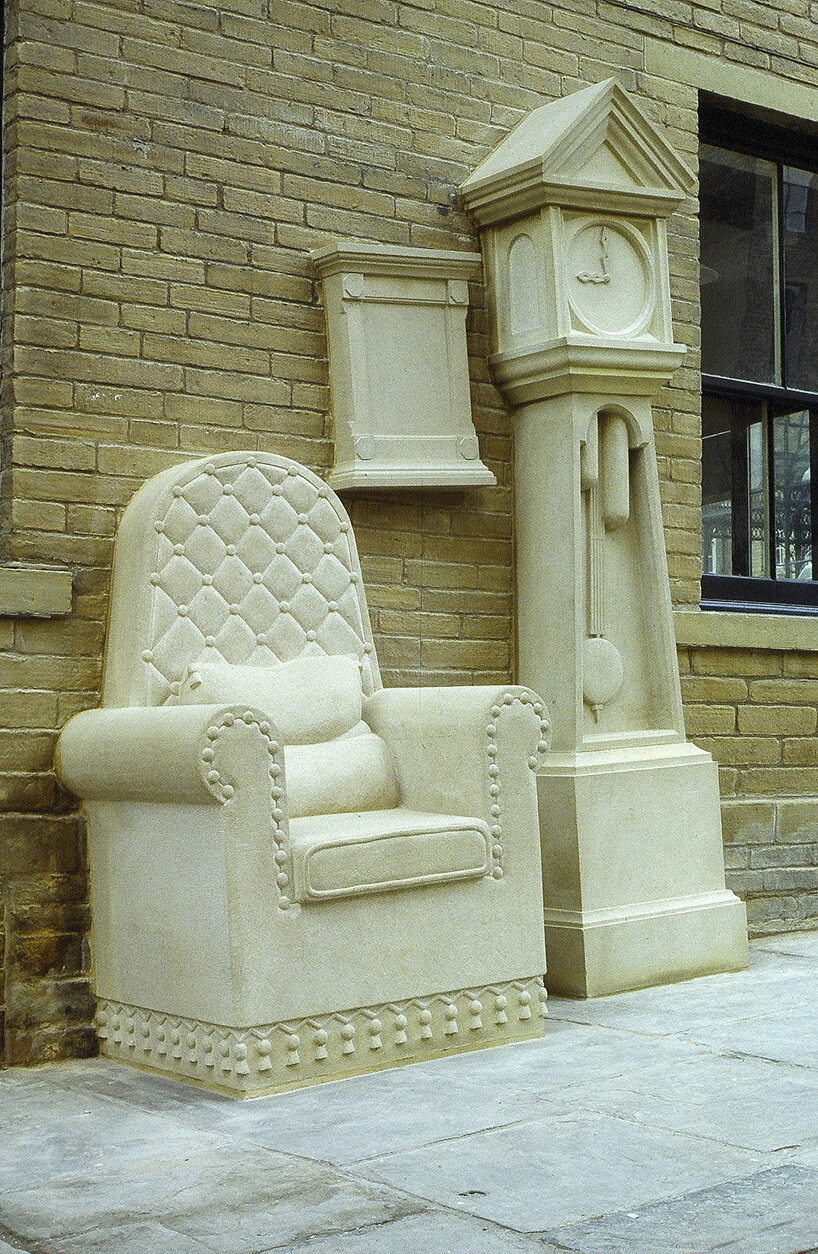
main image by alex liivet
above image by tim shutter
‘MY DESIRE IS TO MAKE WORKS THAT INCLUDE A SENSE OF FUN’
‘for instance, I have carved hard sandstone coping into rows of soft cushions which could be sat upon whilst waiting for a bus, I have also given a heavy stone bench wings to fly and put a stone sofa on a stone raft,’ the artist continues. ‘other approaches have included changes in scale such as caving a monumental granite cake, or the play on context such as placing indoor furniture outside. by these methods I attempt to give the sculptures a presence and a sense of frivolity. much of my work has been for public sites, so my subject matter is deliberately made accessible to appeal to as many people as possible. they are site specific, tune into local references, and they are frequently functional.’
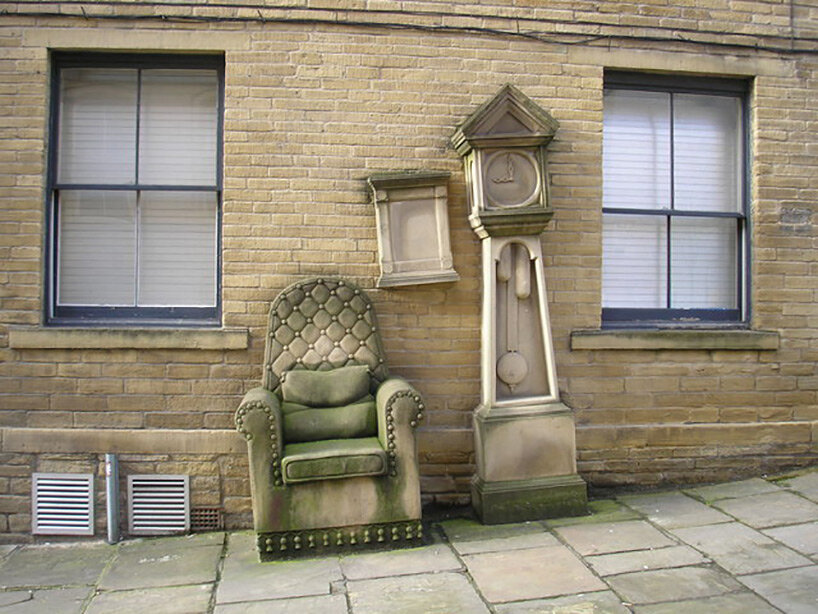
the comfy chair
image © john illingworth – geograph.org.uk/p/340762
the grandad’s clock and chair by timothy shutter looks back to the past while making a comment on time. standing on the corner of chapel street and peck over street, the stone sculptures are tilted due to the slope of the street. the only element that remains vertical is the clock’s pendulum, an indication that time does not stand still, and the past has an important contribution to make to the future.
project info:
name: grandad’s clock and chair
artist: timothy shutter
location: bradford, england
date: 1992
